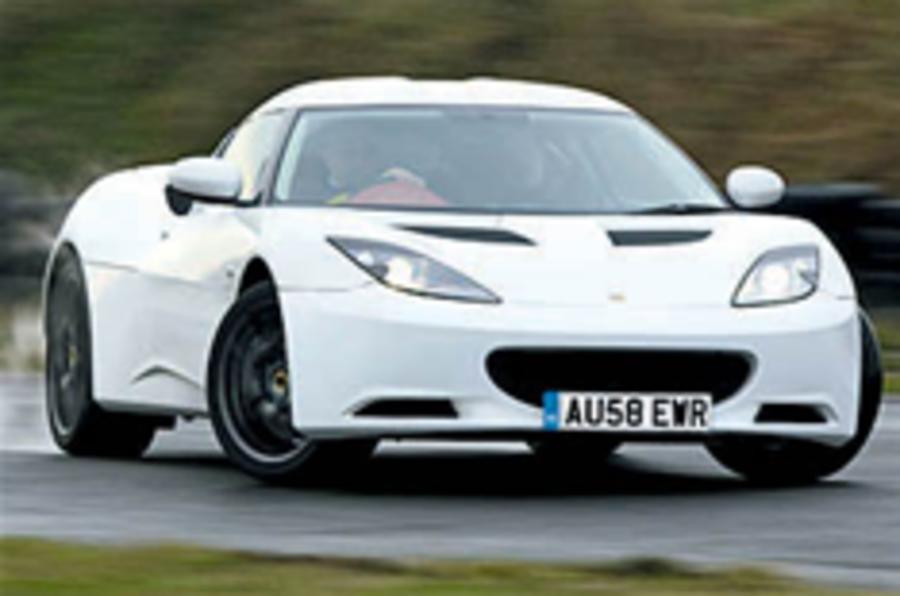A supercharged version of the new Lotus Evora 2+2 is planned – and the blown version will have at least 350bhp.
The normally aspirated 276bhp version of the Lotus Evora is on target for launch in May 2009 and, although official performance figures on that car have yet to be revealed, company sources have confirmed that it will be capable of cracking 60mph in around 5.5sec and hitting 160mph.
The supercharged Lotus Evora should cut the former figure to comfortably below 5.0sec and boost the top speed to around 175mph.
However, the ‘Evora SC’ is still a relatively distant priority for Lotus; it’s likely to arrive around 2011. Before then, attention at Hethel will be concentrated on finishing the ‘federal’ version of the standard Lotus Evora, due on sale in the US in the autumn of 2009, and on other versions of the model.
A torque-converter auto version of the Lotus Evora is also in the product plan and would have strong appeal in the US, but Autocar understands that it will not be ready in time for the US launch.
“Right now, it’s looking unlikely that we’ll have the auto version next year,” a spokesman said. “There’s quite a lot of development work still to be done on it.”
After the automatic will come the Evora roadster, due late in 2010. “The open-top car will be a more difficult one for us than you might expect,” our source said. “At the £50,000 price point customers expect an integrated electric roof mechanism [unlike the manual hood on the Elise], and that presents packaging challenges for us.”
With those cars delivered and at least 24 months of clear air given to the standard Evora, Lotus will time the supercharged variant to arrive in mid-2011. “We’ve already had a blown version of the V6 engine running on a bench,” said our contact. “It delivered 350bhp and 290lb ft of torque [up from 252lb ft in the standard car] without any modifications at all.”
The braking (and most of the cooling) performance that the faster Evora will require has already been engineered into the standard car, which should shorten the faster model’s development time.
Also in preparation for the blown car, the Evora’s engine bay as been designed to accommodate its supercharger between the cylinder banks, so as not to obstruct rear-view mirror visibility (which is compromised in the Elise SC).
Prices have yet to be confirmed for the standard Lotus Evora; early indications suggest that it will start from around £45,000, but currency fluctuations have made a final commitment to that price difficult.
Expect the Evora SC to eventually come in somewhere between £55,000 and £60,000, depending on specification.










Add your comment